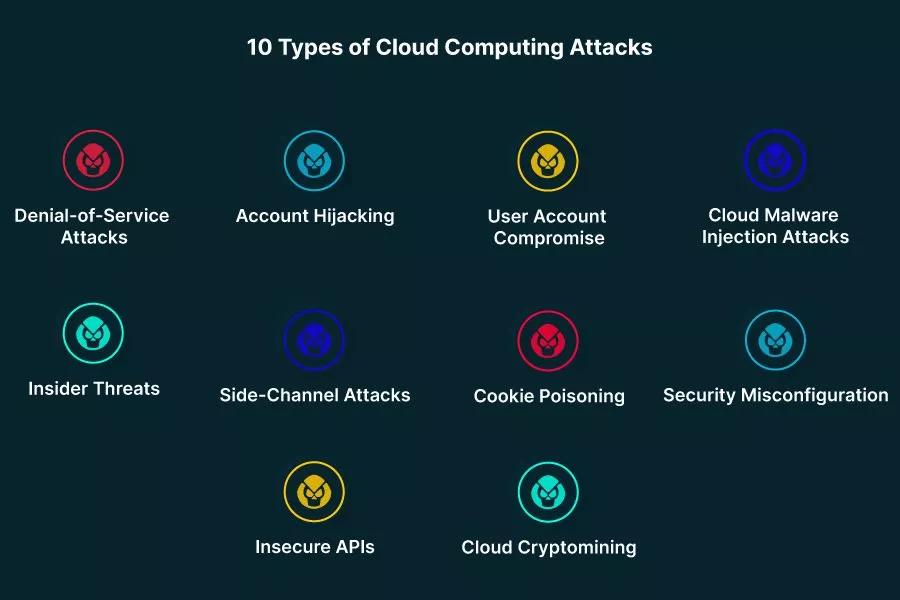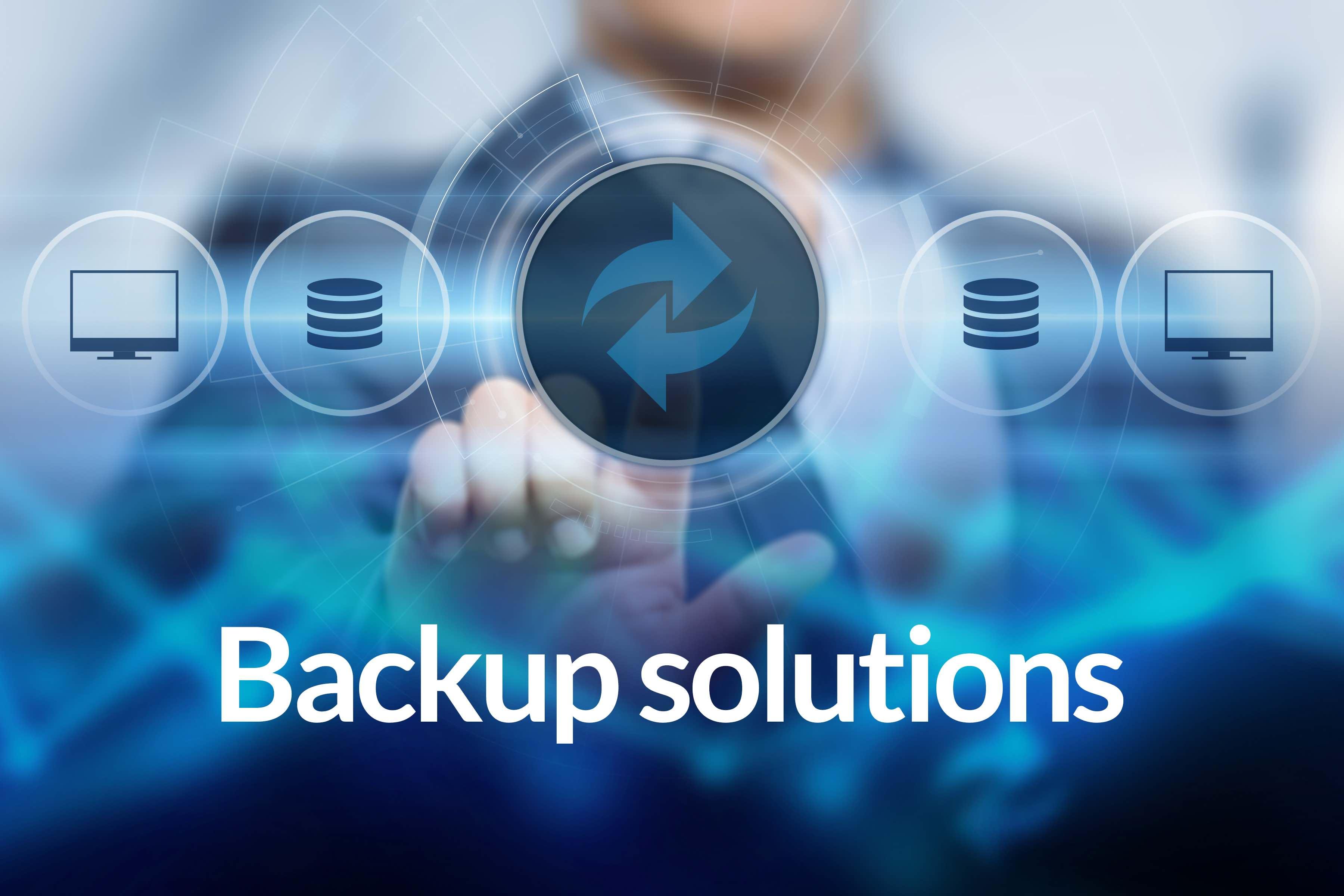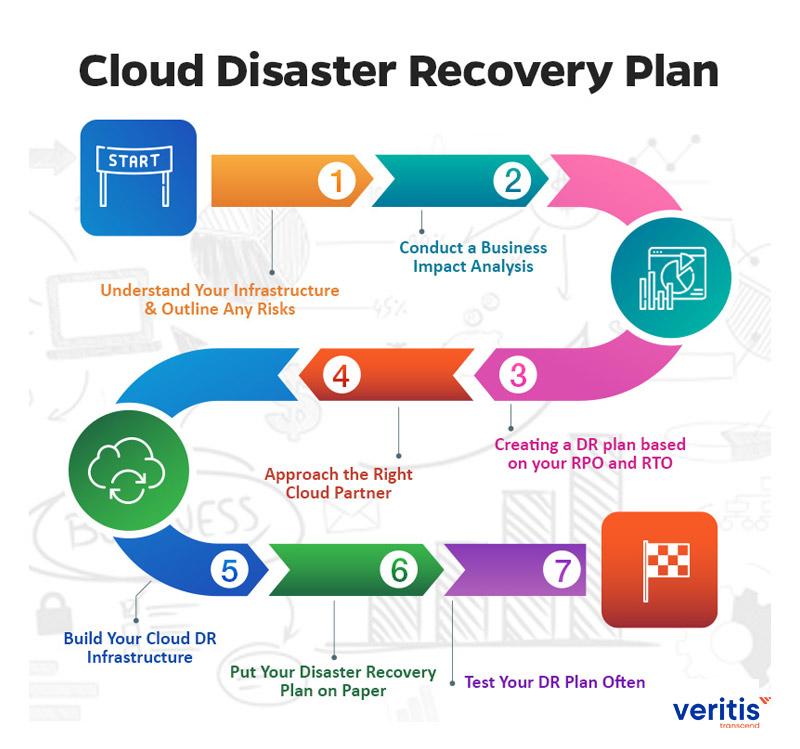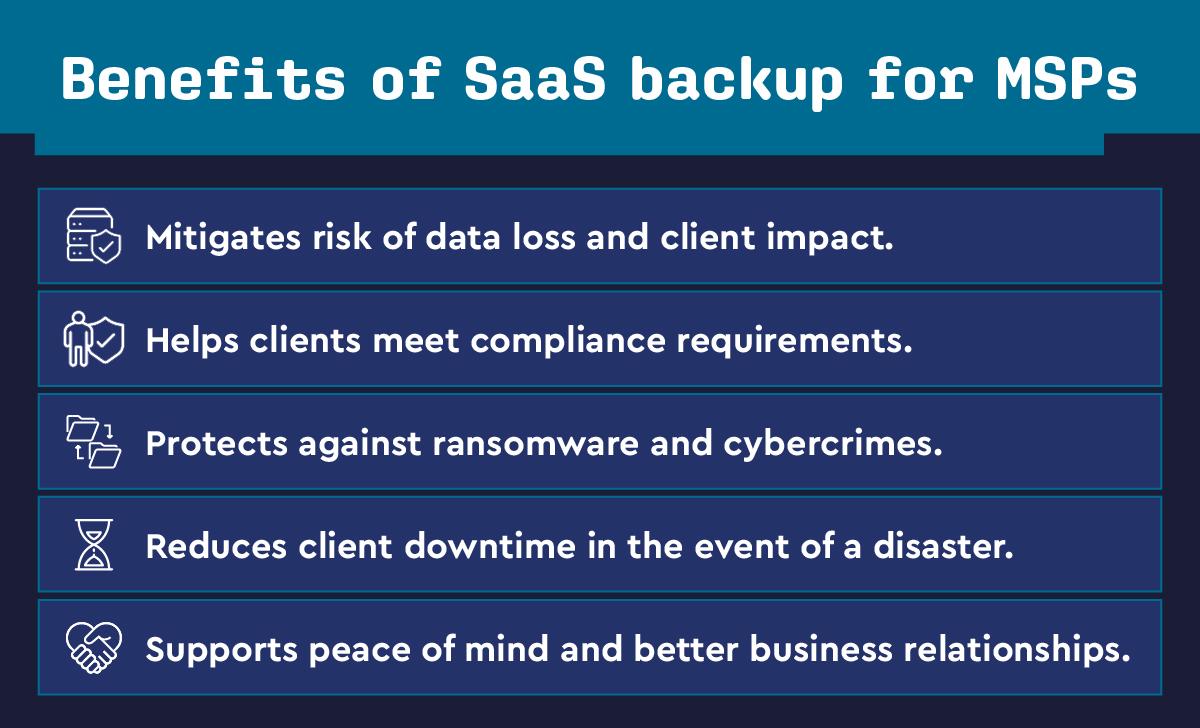In an era where businesses increasingly trust cloud-based solutions to streamline operations and store critical data, the importance of safeguarding this invaluable information cannot be overstated. Software as a Service (SaaS) platforms have revolutionized the way organizations function, offering unparalleled convenience, scalability, and efficiency. However, with these advantages come significant vulnerabilities; a data breach, accidental deletion, or system failure can disrupt operations and lead to devastating losses. As organizations harness the power of the cloud, it becomes paramount to implement robust data backup strategies to protect against potential threats. In this article, we delve into essential SaaS data backup strategies, equipping you with the knowledge needed to fortify your cloud environment and ensure your data remains safe, secure, and readily accessible. Join us as we explore the critical steps to safeguarding your digital assets in a world where data integrity is more crucial than ever.
Understanding the Vulnerabilities of Cloud-based SaaS Solutions
As organizations increasingly rely on cloud-based Software as a Service (SaaS) solutions, understanding the inherent vulnerabilities that accompany these platforms becomes paramount. While the cloud offers unparalleled flexibility and accessibility, it also exposes businesses to a range of threats that can jeopardize sensitive data. Among these vulnerabilities are:
- Data Breaches: Unauthorized access to cloud data can lead to significant financial and reputational damage.
- Insufficient Identity Management: Weak authentication processes can allow cybercriminals to exploit user accounts.
- Data Loss: Accidental deletion or application malfunction can result in irreversible data loss without proper backups.
- Inadequate Compliance: Failure to adhere to regulatory requirements can lead to legal penalties and loss of trust.
No cloud solution is immune to risks, and understanding these potential pitfalls is crucial for mitigating their impact. Regular data assessments combined with robust backup strategies can help safeguard against unforeseen incidents. Implementing comprehensive security measures involves:
- Regular Backups: Ensure frequent, automated backups to minimize data loss in case of disasters.
- Multi-Factor Authentication: Establish additional layers of security to protect sensitive accounts.
- Encryption: Protect data at rest and in transit with strong encryption protocols.
- Continuous Monitoring: Utilize monitoring tools to detect unusual activities and respond swiftly.
| Vulnerability Type | Potential Impact | Mitigation Strategy |
|---|---|---|
| Data Breach | Financial loss and reputational damage | Employ advanced encryption and access controls |
| Data Loss | Permanent loss of critical information | Establish regular, automated backup processes |
| Insufficient Compliance | Legal penalties and loss of credibility | Regular audits and adherence to regulatory standards |

Implementing Robust Backup Solutions for Data Security
In the digital landscape, safeguarding critical data against unexpected loss is paramount. Robust backup solutions serve as the first line of defense against threats such as data corruption, accidental deletion, and even cyberattacks. Prioritize backups that operate automatically to ensure that your data remains consistently protected without manual intervention. Furthermore, consider implementing a multi-layered backup strategy that includes both local storage and cloud-based solutions. This hybrid approach not only enhances accessibility but also provides a safety net should one method fail. Key elements to focus on include:
- Regular Backup Scheduling: Ensure backups occur at set intervals to minimize data loss.
- Data Encryption: Protect sensitive data with encryption to thwart unauthorized access.
- Redundancy: Utilize multiple backup locations to enhance reliability.
To effectively manage and monitor your backup solutions, establishing clear policies and procedures is crucial. This includes defining roles and responsibilities for data management within your team. Additionally, utilizing backup management software can streamline processes and offer comprehensive insights on backup performance and status. Below is a simple table outlining key considerations for your backup strategy:
| Backup Component | Recommendation |
|---|---|
| Backup Frequency | Daily Automatic Backups |
| Data Storage | Cloud & Local Options |
| Recovery Point Objective (RPO) | Less than 1 Hour |
| Testing | Monthly Restoration Tests |

Crafting a Comprehensive Data Recovery Plan
Creating a robust data recovery plan involves several key steps to ensure that your SaaS data is secure and can be restored promptly in case of any mishap. Start by identifying the critical data that needs backup, including customer information, transaction records, and any other vital operational data. Consider various backup options such as cloud storage solutions, local backups, and hybrid systems, as these choices will vary depending on your business needs and compliance requirements.
Once you have determined the vital data, outline the processes for regular data backup and establish a clear recovery time objective (RTO) and recovery point objective (RPO). Document responsibilities among team members to ensure everyone knows their role during a crisis. Implement a periodic testing schedule for the recovery plan to ensure that backups are functional, and the plan is effective. Below is a simple table to help visualize essential components of a comprehensive data recovery strategy:
| Component | Description |
|---|---|
| Critical Data Identification | Determine which data is vital for business operations. |
| Backup Frequency | Establish how often data will be backed up. |
| Restoration Procedures | Document clear steps for restoring data. |
| Testing Plan | Regular tests to ensure backups are functioning correctly. |

Integrating Compliance and Best Practices in SaaS Backup Strategies
The integration of compliance and best practices within SaaS backup strategies is essential for maintaining the integrity and security of your data. Organizations are increasingly relying on regulatory frameworks, such as GDPR, HIPAA, and others, to structure their data protection strategies. Emphasizing compliance ensures that the data is not only secure but also meets industry-specific requirements. To effectively blend compliance measures with best practices, organizations should consider the following:
- Regular Audits: Conduct periodic assessments to ensure that backup processes align with compliance standards.
- Data Encryption: Implement strong encryption measures for data both at rest and in transit to protect sensitive information.
- Access Control: Establish stringent access controls to ensure that only authorized personnel can access backup data.
Furthermore, adopting a proactive approach to data management by utilizing automated tools can streamline compliance efforts and maximize efficiency in backup processes. This includes setting up automated backup schedules, providing real-time monitoring, and maintaining comprehensive logs of all data interactions. Below is a simplified overview of key actions that can be taken to enhance compliance and best practices:
| Action | Benefit |
|---|---|
| Policy Development | Establish clear guidelines for data handling and backup procedures. |
| Employee Training | Ensure every team member understands compliance requirements. |
| Regular Testing | Conduct recovery drills to ensure data can be restored as needed. |
Concluding Remarks
As we navigate the ever-evolving landscape of cloud technology, the importance of safeguarding our SaaS data cannot be overstated. The strategies outlined in this article serve as a roadmap to fortify your digital assets against unforeseen challenges. By prioritizing robust backup solutions, implementing multi-layered security protocols, and fostering a culture of data awareness within your organization, you ensure that your data remains not just accessible, but resilient.
Cloud environments offer incredible flexibility and efficiency, yet they also require vigilant stewardship. As you embark on your journey to strengthen your SaaS data backup practices, remember that preparation is a continuous process—one that adapts to the shifting sands of technology and threat landscapes. Stay informed, be proactive, and invest in strategies that will safeguard your data today and in the future.
it’s not just about securing data; it’s about preserving trust, integrity, and the very foundation of your business. Embrace these essential strategies, and you will not only protect your valuable information but also pave the way for a more secure and innovative tomorrow. The cloud is a powerful ally—let’s ensure it remains a safe haven for your data.






